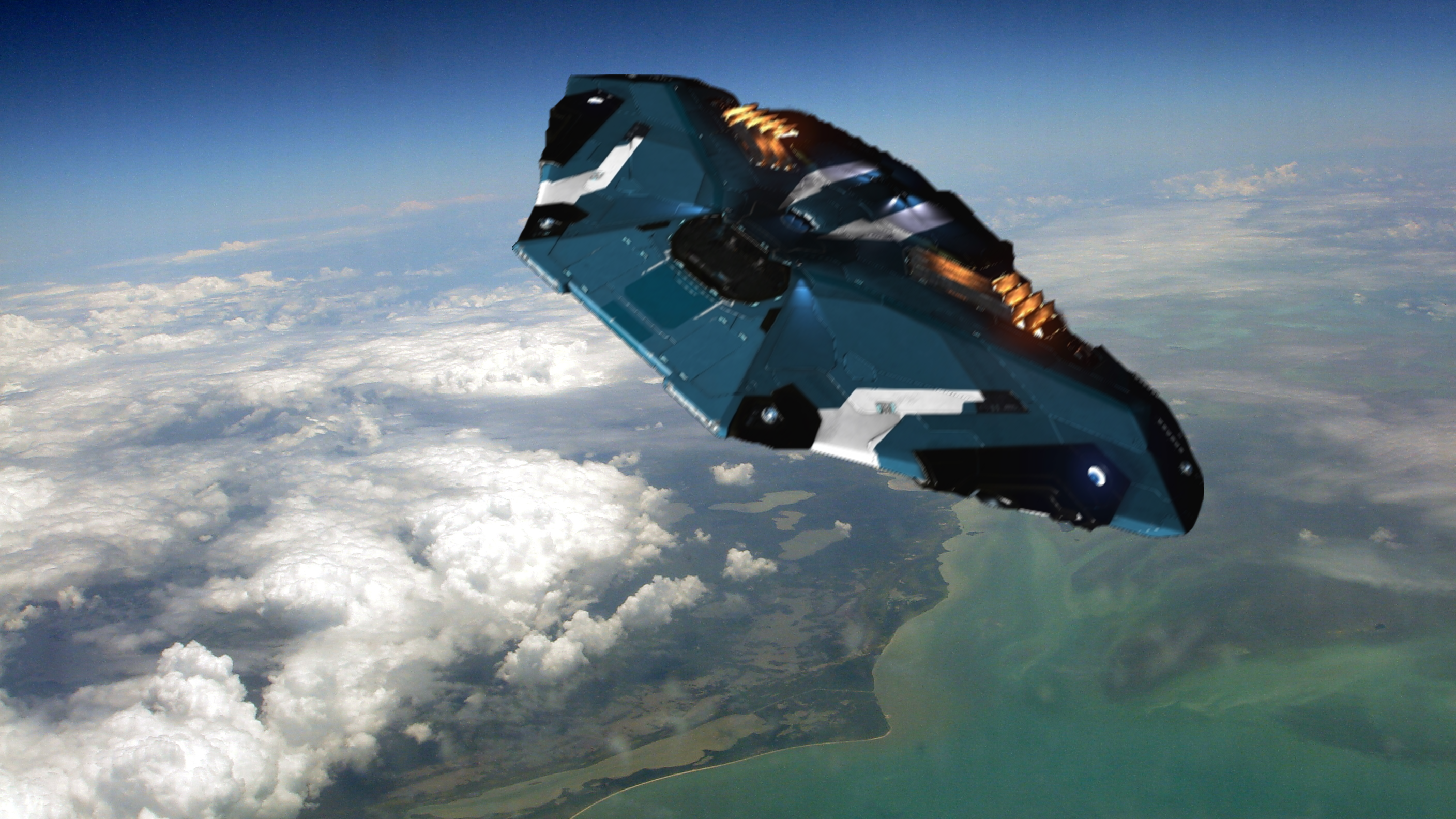NASA’s Webb telescope spotted an active supermassive black hole that existed 570 million years after the Big Bang. That’s really early.
Now I have to wait for one of the YT astronomers to explain why early formation is so odd a concept. I get that we’re just getting evidence now, so it was an unknown, but how is it hard to visualize enough matter even in the early universe collecting at some spots to collapse? The very early universe was clumpy due to dark matter and that formed the core of galaxies, but if a clump was big enough at the start, why couldn’t it crunch down and take in other nearby matter right away?
From what I understand, it’s because it requires a certain amount of fusion to reach the density required to collapse into a black hole in the first place. There’s a huge difference in density between a dust cloud and a lump of heavy metal, and simply adding more dust to your dust cloud doesn’t change that. That fusion takes time - it takes billions of years for most stars to reach that point - so it happening in just over half a billion years is really fast.
It could prove that in the near beginning, just after the big-bang, massive stars initially formed, and lived very short lives of a few million years. That would explain the early formation of supermassive black holes like this. Smaller dwarf starts like ours could be the product of several billion years of star life and evolution.
That is one theory for what we see. The trick is figuring out whether this is an anomaly or typical of the early universe and determining what mechanism could have led to it happening (whether rare or common). (edit: though notably, theoretical Pop III stars are still only on the order of 100s of stellar masses, not million, so these SMBHs are almost certainly not collapsed Pop IIIs)
Population III stars are speculated to have been very big indeed. And very short-lived because of their near-0 metalicity. But current models do not have them nearly big enough to explain early SMBHs like this. That’s why these observations are so interesting.
Could be that we just haven’t observed enough. Isn’t it true that the further we look back the narrower our observations?
What do you mean by “narrower”?
The universe was much smaller as we go back in time, so things that are far away are being relatively scaled up compared to their distance in what can only be described as “confusing as fuck to wrap your head around.” https://blogs.scientificamerican.com/degrees-of-freedom/the-cosmic-magnifying-lens/
What I mean is the smaller the window the less you see of the bigger picture. Say I look at the Hubble Deep Field image. I see a lot of galaxies, however that field of view only encompasses mere fraction of what is observable. So sure, the further you look out, the further you look back, yet the further you look out the less you see the overall picture.
But you are also looking at a universe that was much more compact then, with galaxies and structures bunched much closer together than now. It may be a narrow field of vision compared to the current size of the universe, but that narrow field of vision has also expanded in the subsequent 13+ billion years.
Super massive black holes aren’t formed from stars. Stars have a maximum mass limit due to radiation pressure from energy generated in their core pushing up and out on their upper layers, and that limit is in the hundreds of solar masses range, not the millions that define a super massive black hole.
Seems NASA postulates that there is or was such a thing as mid-sized black holes that are created by the collision of massive stars in clusters…then these merge to form a SMB.
The collapse of star clusters is one hypothesis for the creation of intermediate mass black holes, yes, but those aren’t predicated on any actual stars forming. Stars just form as a matter of course.
Stellar mass black holes generally require core-collapse supernovae - which require massive stars - in order to compress the core enough to trigger black hole formation. That isn’t true for these larger types of black holes.
Those initial Population III stars do not have the same size limitation as current, metal-rich stars. Those things were short-lived gargantuan monsters compared to any and all subsequent stars.
That makes a lot more sense, thanks.
Fusion doesn’t create density, though.
Density (and heat) creates fusion.
Moreover, super-massive black holes (SMBHs) are very different beasts from stellar-mass black holes. They’re not created from stellar core collapse, and, indeed, can’t be made from stellar core collapse. Stats haveaa maximum mass, due to the rate of fusion getting higher at higher masses. At some point, the rate of energy production just gets so high that it overwhelms gravity, and it actively pushes its outer layers of material away.
SMBHs are millions of solar masses, and have event horizons with radii measured in astronomical units. These are mind ending numbers, but in ways that are completely counterintuitive.
So, from the outside of a black hole’s event horizon, the distribution of matter within it is inconsequential. It’s fundamentally unknowable, and we can’t - and don’t need to - make any assumptions about where the matter is. It’s just inside the event horizon.
Now, a SMBH with 5 million times the mass of the sun will have an event horizon with a radius of about 0.1 AU, or 15 million km. This is 1.98 x 10^20 kg in a spherical volume of radius 15 million km.
The average density of this configuration is 0.00125 g/cm^3.
Any similar volume of space with a density as large or larger than that will collapse into a SMBH. In fact, it already has. The event horizon already exists.
Ya, I’m looking forward to the first five minutes of the PBS Space Time video, before everything goes completely over my head while I try to follow along for remainder of the video.
Excellent. Exactly why we paid so much damn money for the thing, to push our understanding of fundamental physics.
We may know a lot but obviously we have on scratched the surface.
deleted by creator
Weren’t there a few hypotheses about how the primordial universe was riddled with micro black holes? Would that somehow tie into that?







